
People like me help spread these stories, and we begin to love wines as much for the story as for how they taste.
Of course the taste has to be great to keep you coming back bottle after bottle for the next installment.
When I was invited to visit London Cru, I knew there'd be a story. I just had to figure out if it had a happy ending or not. Could the wine match the hype?
Are you sitting comfortably?
Then we'll begin...
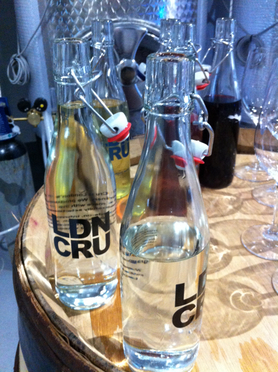 Informal tasting table
Informal tasting table An intrepid Englishman called Adam met Gavin, an Australian wine maker, at a wine school for big boys in Bordeaux and they wondered if making wine in London would be possible.
With the help of investment from Will, who also makes rum in The Bahamas, and of course, Cliff, they decided to turn the ginshack into a wondrous place. A place that could make wine in the centre of London. It seemed a little bit crazy, but the magic appeal of the possibilities soon had them under an unbreakable spell...
Now, making wine isn't like making gin or beer. You need grapes, lots of them, and they better be good & fresh. They only come along when they decide to be ready, and that's just once a year.
Frost, rain or hail at the wrong time can simply mean they completely vanish. And even more importantly, there are no vineyards in London. So our intrepid "cru" set off to find some...
| There are lots of grapes in France. Winemaker Gavin was sure it wouldn't be any more of a problem than the distances involved in Australian wine-making. The race was on. Adam and his merry men fought the malevolent manufacturers to get all the equipment they needed to SW6 before the grapes arrived. Just in the nick of time, the building, vats, crushers, tanks and barrels were ready. But suddenly, the wicked weather appeared, foiling our heroes plans to bring Merlot from Bordeaux and Sauvignon Blanc from the Loire. What were they to do? A winery with no grapes is naught but a folly. Luckily help was at hand... The lovely people of Italy's Piemonte had some juicy Barbera grapes and in Languedoc and Rousillon there was Chardonnay, Cabernet Sauvignon and Syrah aplenty and our boys set off to help pick all of the grapes by hand, making sure that only the best berries and bunches boarded the big bus bound for London. |
| With the help of some logistics expertise, nicely chilled trucks of grapes pulled up outside Seagrave Road on autumn mornings between September and October. With wicked weather defeated, it was now up to Gavin and the gang to work their winemaking wizardy, to conjure up... What? London wine? "No!" replied the Defra Doomsayers. English wine? "Again. No." British wine? "Probably not..." UK Chardonnay? "Erm, no." It seemed the Evil EU Empire once again wanted to trample the desires of our Cru rather than the grapes. Just as they feared that Chapel Down's Malbec experiment might not be the only "fruit derived alcoholic beverage" disaster, a smile crossed their faces... Thus, "SW6 White Wine #1 of EU origin" was born, along with Red Wine #1, #2 and #3... |
Grapes, crushed, fermented, pressed, and secondary-fermented. all that was left to do was taste it. Would Earls Court make wine fit for kings, or was it all tomfoolery?
Purple Teeth arrived. I came, I sniffed. I slurped. I swirled. I spat. (Unfortunately).
It is wine!
And it's pretty good wine!
Will they all live happily ever after?
Wine hits the bottles in a few weeks time, and our cru will be a step closer to their mystical dream.
Shipping starts in September.
The next crop of grapes will be full on the vine by then, and the story will begin again.
Will our London drinkers happily cough up £15 for a bottle of London's premier cru?
Only you can tell us how the story ends.
To be continued...
| So what's the point? It is a great story, but can it work? Is this just a conceited vanity project, a publicity stunt for Roberson wines? Or, is it more of a tourist destination? A rival to Vinopolos, where you don't just learn about wine, you get to see it being made, or maybe even have a hand in making it? There are precedents to this type of project. In the USA, City Winery in Chicago use grapes from California and Oregon, cold shipped by road for 5 days, to produce wine in the thronging metropolis. With further branches in Nashville, NYC and Napa, they even bring Malbec grapes from Mendoza in Argentina. I guess they don't have the same legal regulations around wine appellations. If this is the ultimate aim for London Cru, they'll have to move to a premises that allows a vibe similar to that of the many micro-brewery pubs in the States, and increasingly in the UK. Food and entertainment are also provided on-site and the making process is perhaps not the star attraction. That's not out of the question for The Roberson Cru. Their links with retail and the restaurant trade clearly give them ideas they're not afraid to develop. And what of London's other urban winery? The "co-operative winemaker" Urban Wine Company produces "Chateau Tooting" from a blend of grapes grown in people's London Gardens. They may have a claim to an "English Wine" label, but with only one metric tonne of grapes involved, I don't think they'll worry the Cru that much. |
Imagine too, the top London sommelier creating a blend to perfectly complement his Michelin-starred chef's signature dish. Or, for the city boy who has everything, what could be more fun than his own custom barrel of wine? 21 cases of his London blend to dish out to friends and family?
In London, anything can happen.
It might just as easily vanish. However with wine school MBAs, a marketing powerhouse and lots of ambition behind them, plus wines which are more than drinkable, I'm sure London Cru will make it work.
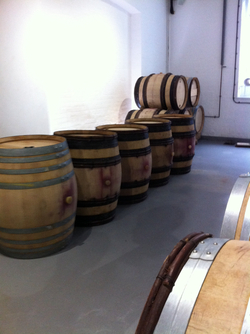 New oak barrels cost 800€
New oak barrels cost 800€ They're also taking bookings to be winemaker for a day, at a cool £125.
You can now pre-order the first batch of wines here, and they'll ship in September when it's settled after bottling.
Only you can decide if they're worth the £15 a pop, but here's what I thought of them.
Burgundian style, restrained old oak usage plus time "on the lees" provides mellow toasty, nutty notes to soften the bright, acidic citrus. The nose has more oak than the palate, and the medium body has lots of fruit, but it's fresh, bright and not over-ripe. ("On the lees" is wine speak for letting the wine fermented in the barrel stay in contact with the dead yeast for a while. This gives a bit of body, and flavour.)
Rosé:
(Go now for tasting or wait next year). A serendipitous result of extra juicy Barbera, this small batch of rosé was produced to prevent over-dilute red wine. Intensely but not unpleasantly acidic, thanks to malolactic fermentation (which softens the acid in the mouth even if it doesn't great change the pH), there's bright cherry, strawberry & lemon sherbet on the nose and in the mouth. Great for getting the party started.
Red #1 Barbera:
It's just waiting to be paired with Italian food. The mouthwatering acidity will stand up to rich tomato sauces, and though there's not much tannin, it's deep color and plummy, cherry flavour will appreciate a tuna steak or veal parmigiana.
Red #2 Syrah:
In no way resembles blockbuster Aussie Shiraz. The fruit from Roussilon provides a flowery violet note on the nose that follows through on the palate. It's paler than I'd expect from a Syrah too. There's also blackberry & blueberry, and a light, fresh feel that makes this a great summer red - not too heavy for white fans, but with enough tannin to satisfy your urge for red.
Red #3 Cabernet Sauvignon:
It's hard to say quite how this wine will end up. We tried it 3 ways: from old oak, new oak & blended straight from the cooling tank.
Made from certified organic fruit from the Languedoc, even chilled it wasn't unpleasant. . These are tannic, and will probably benefit from some bottle aging, but they drink reasonably well now. One taster described it as "Chanel No5 in a glass". I'm not quite sure what he meant by that, but by the way he cradled his glass, I think he loved it. He must be a fan of cedar and woody tones along with the blackcurrant flavours. I liked the spicy liquorice and spicy notes, but was less a fan of some of the green notes, which may mellow with age.
The other people on my "meet the cru" tour seemed positive. I believe we were all pleasantly surprised. For those who don't get to taste the wine on site though, £15 for a bottle of "EU White" or "EU Red" is a hard sell. Even Languedoc wines which can declare a provenance & grape variety struggle to make it much above £10 a bottle.
Will I buy some? I can probably find other wines I'd prefer at £15. But, just maybe... I did start to wonder if Cuvée Purple Teeth didn't have a certain ring to it.
Wanna buy some wine?
Cheers!


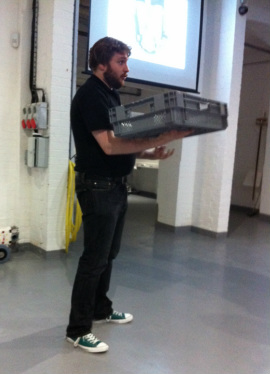
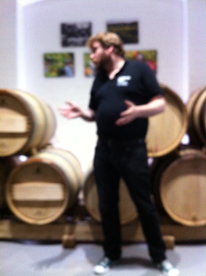
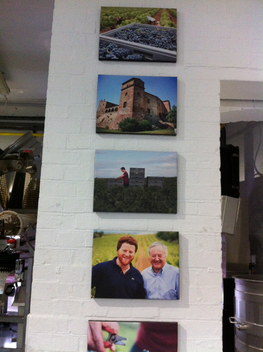
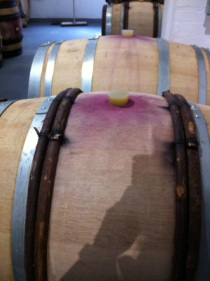

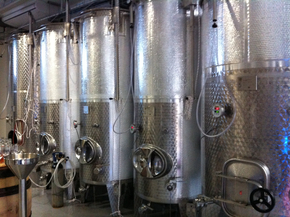
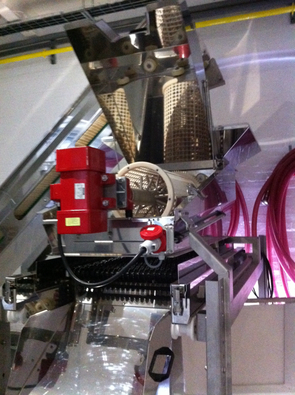
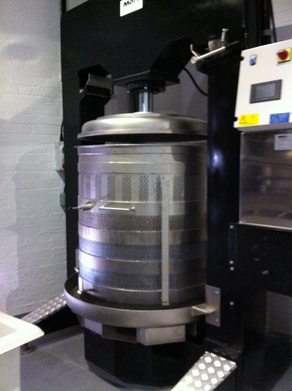
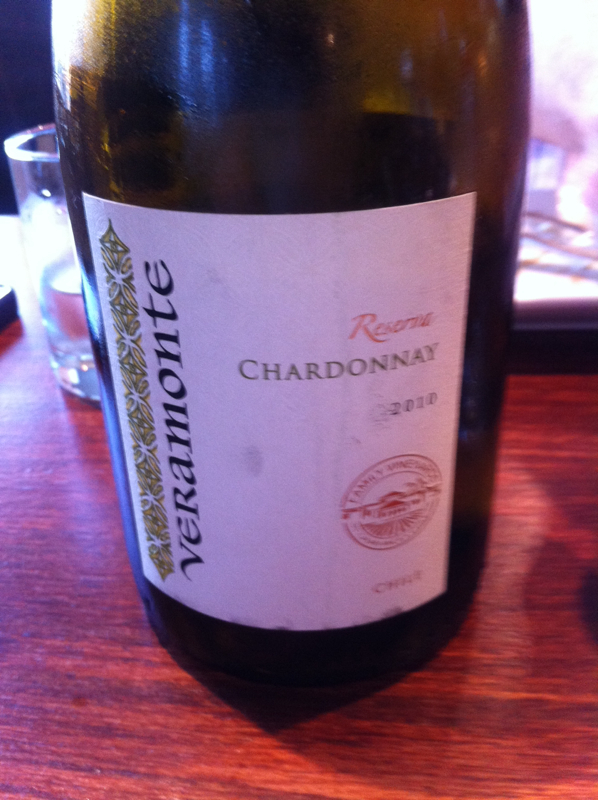
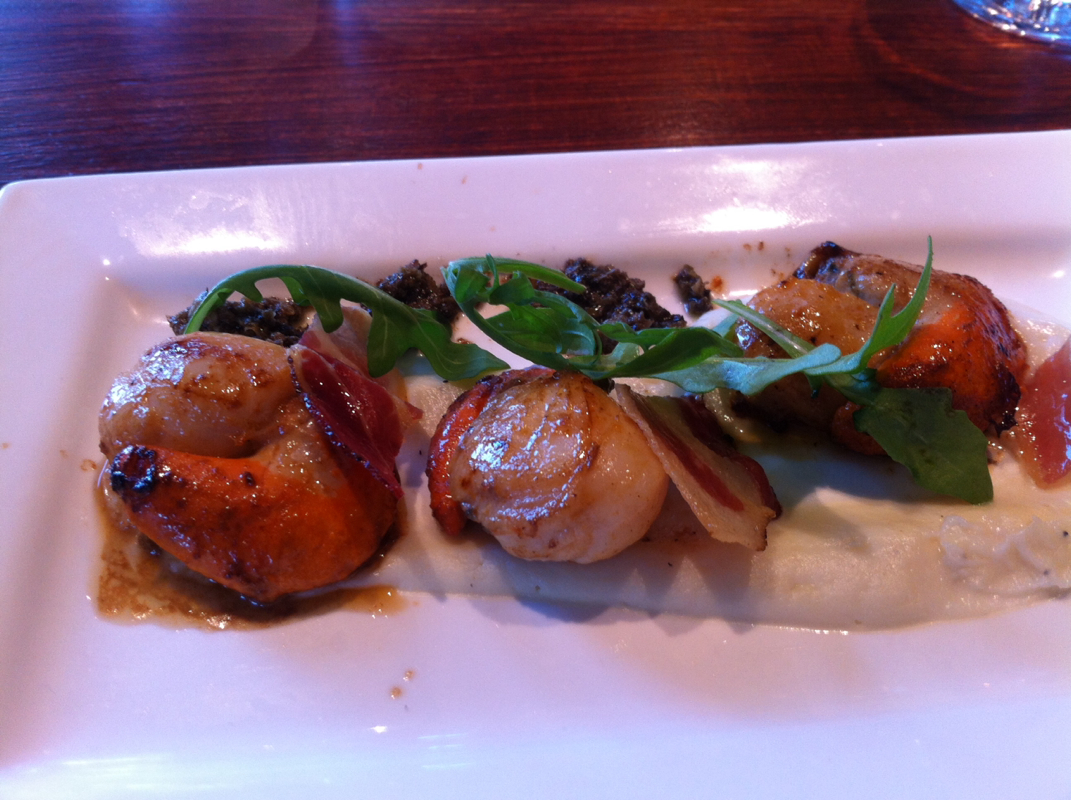
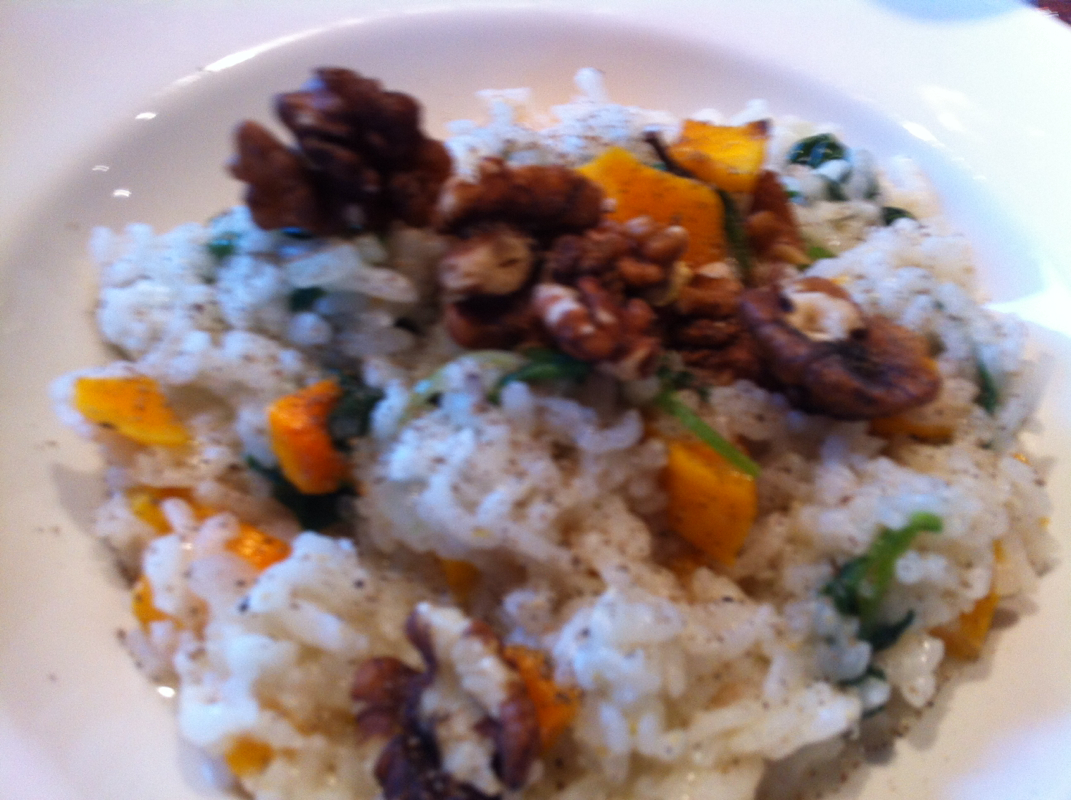
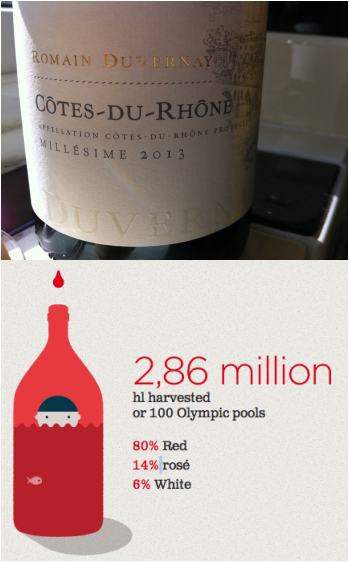
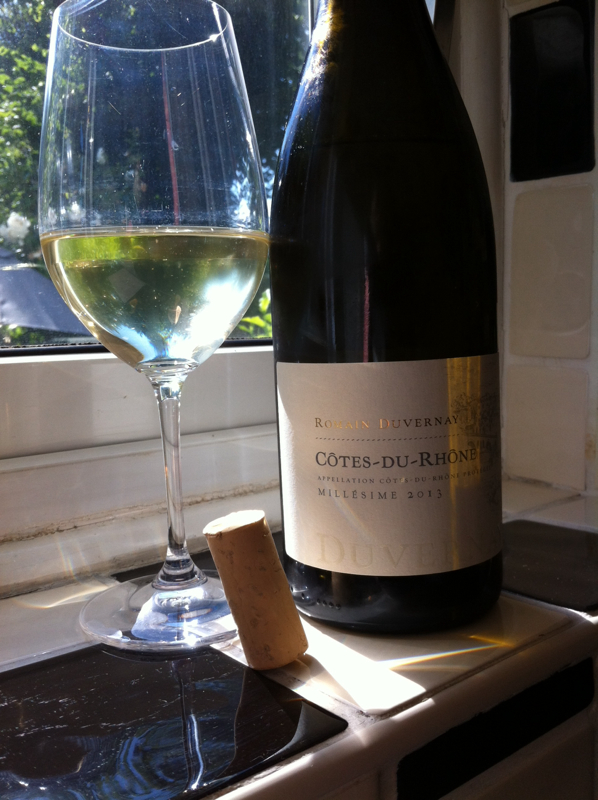

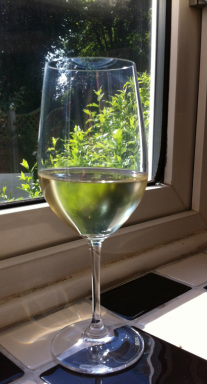

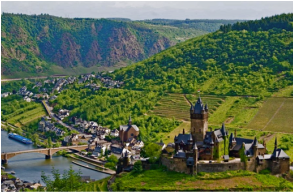
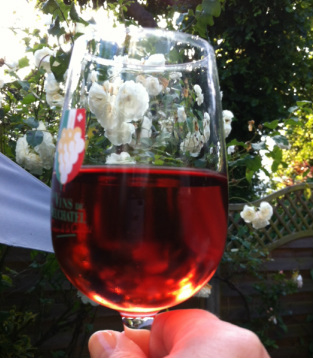
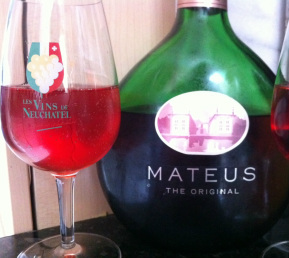

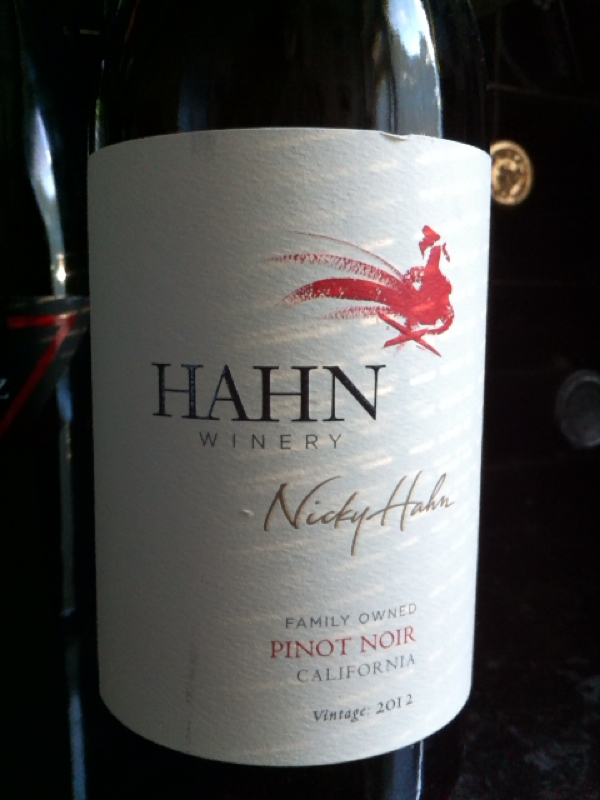
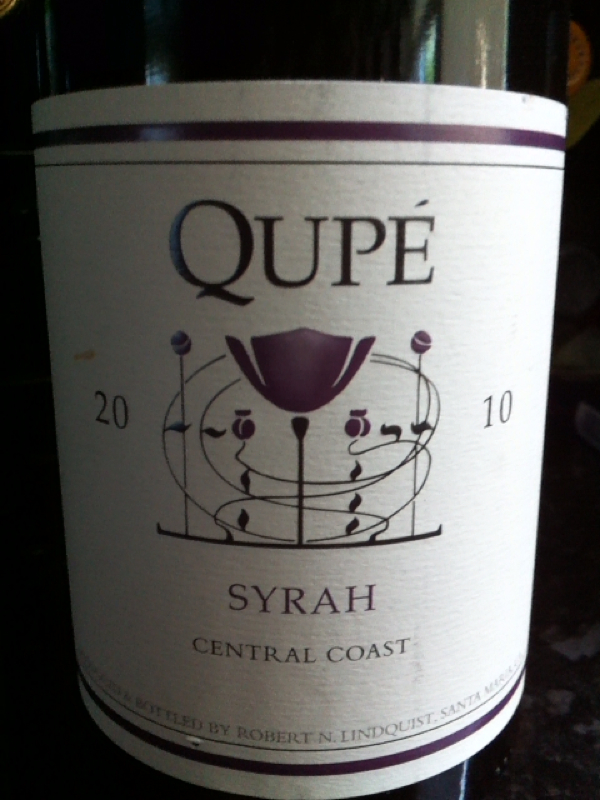
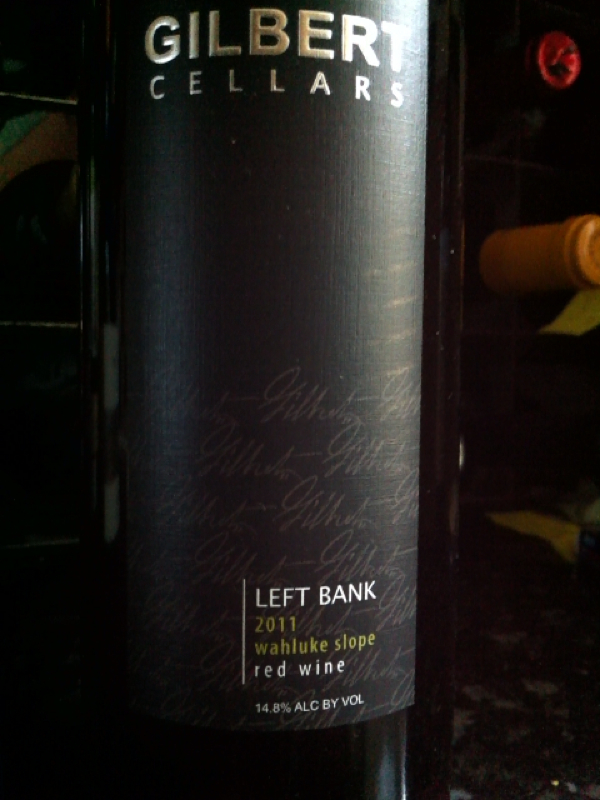


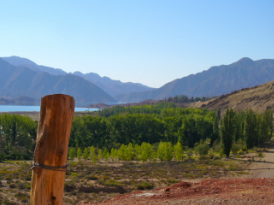
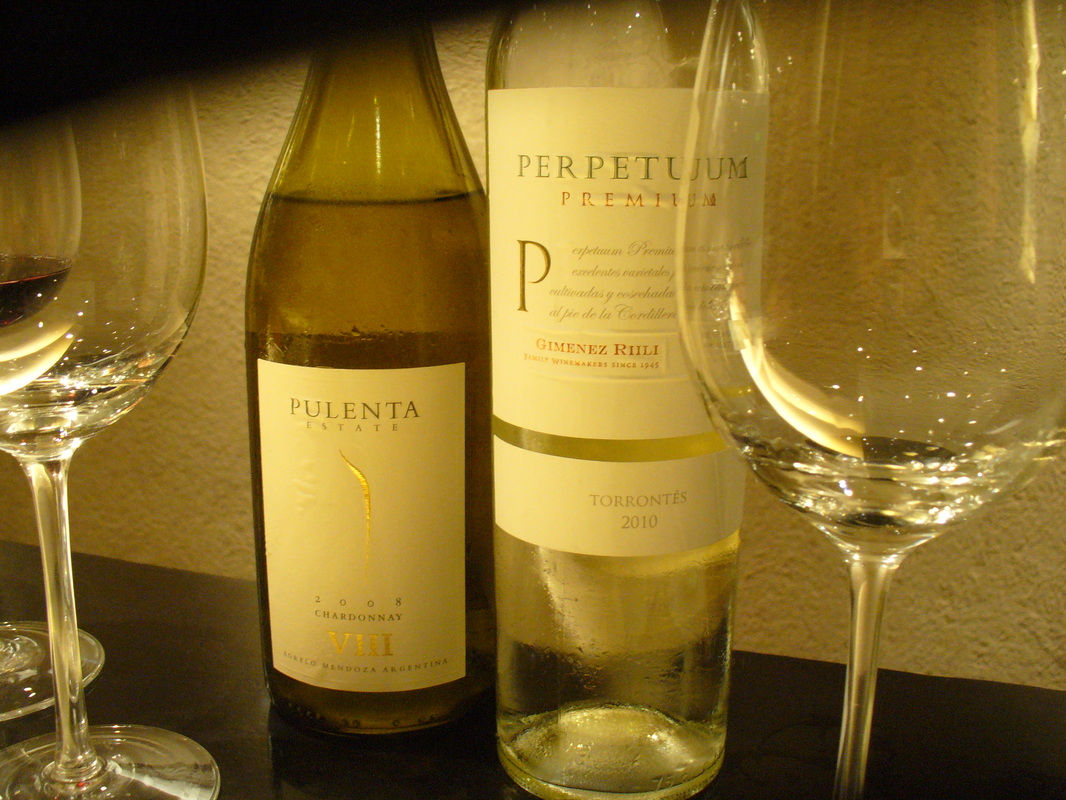
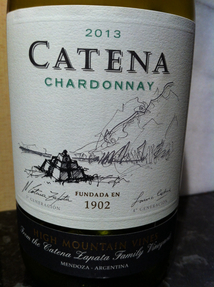
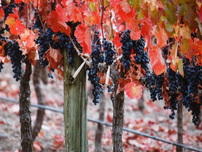
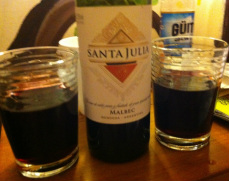
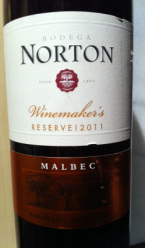
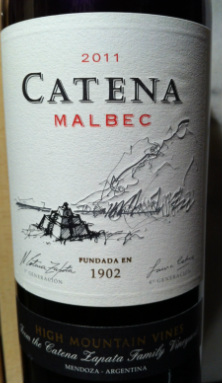
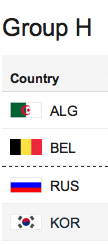
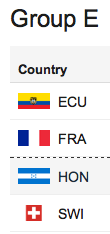
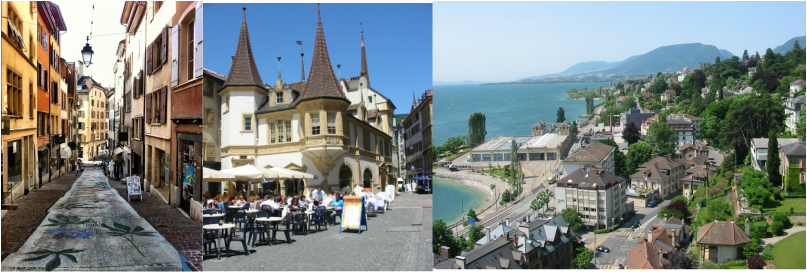
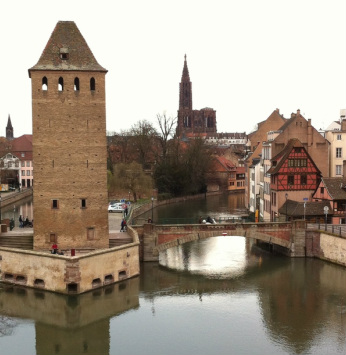

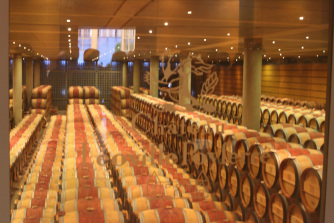

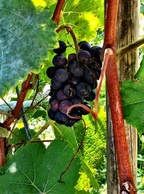
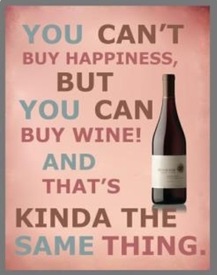
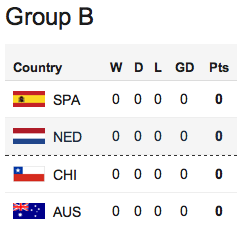
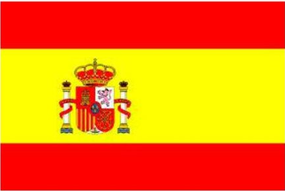

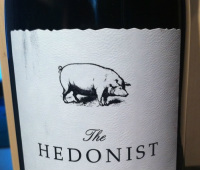
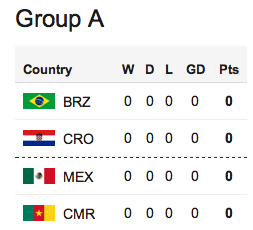

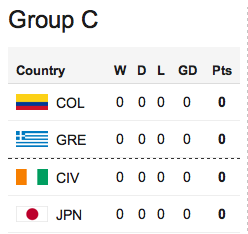
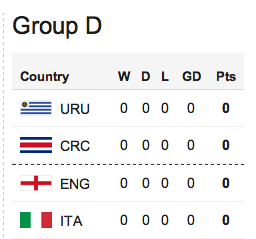
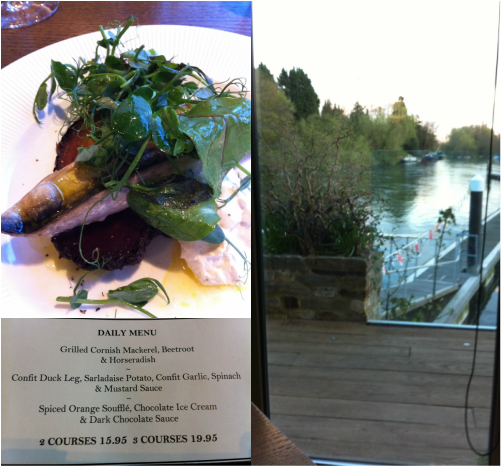
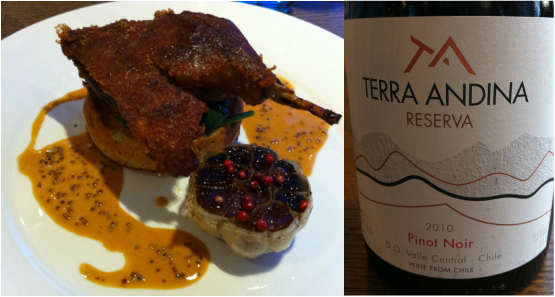


 RSS Feed
RSS Feed
